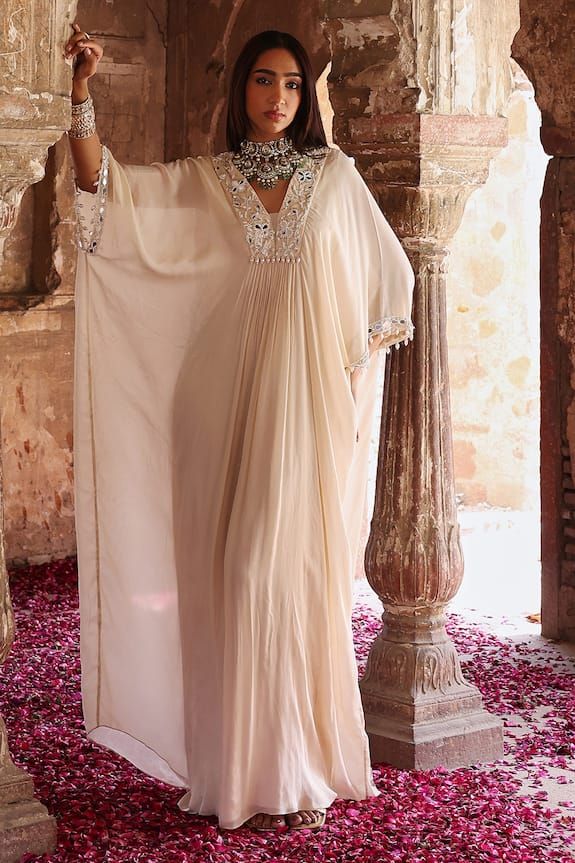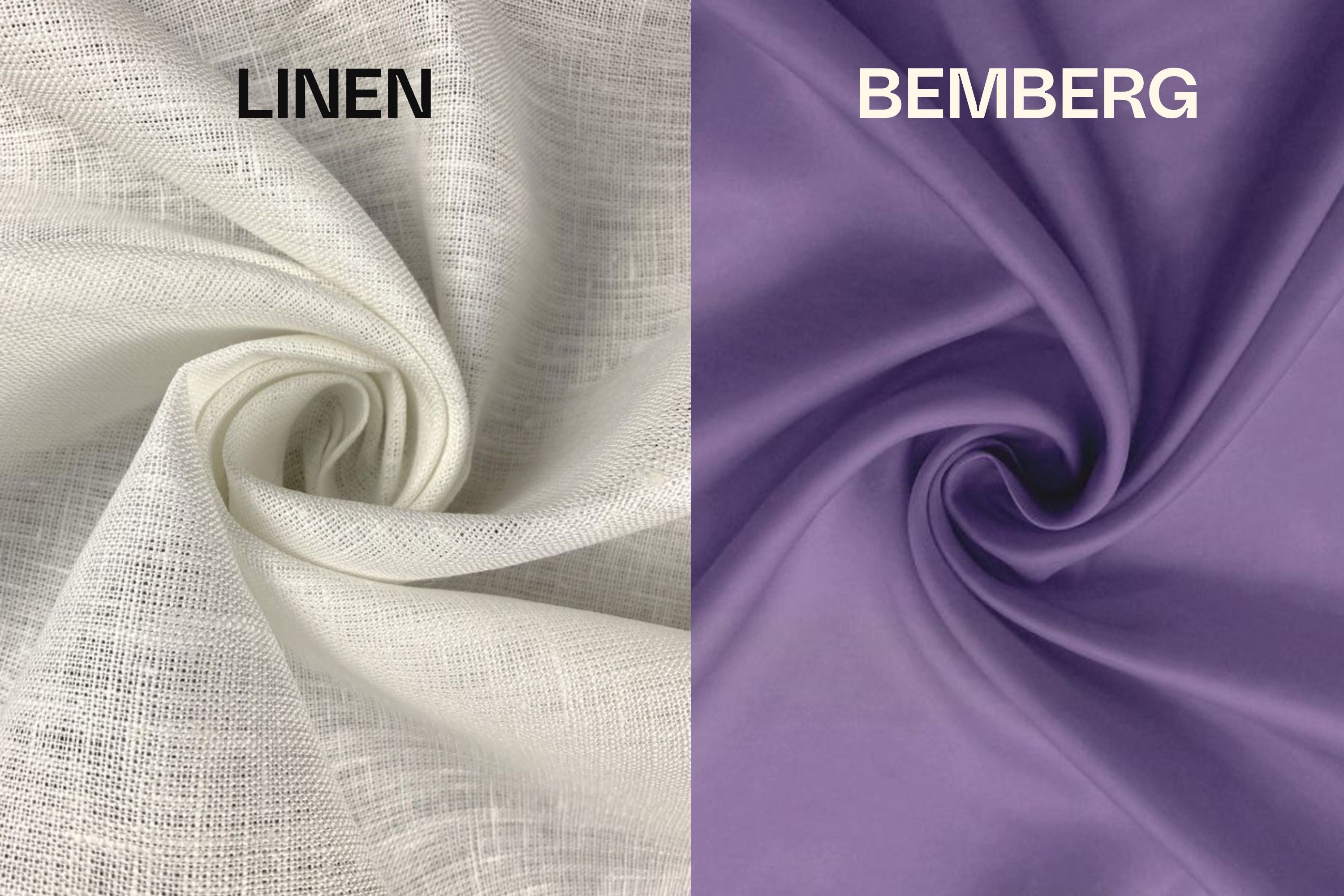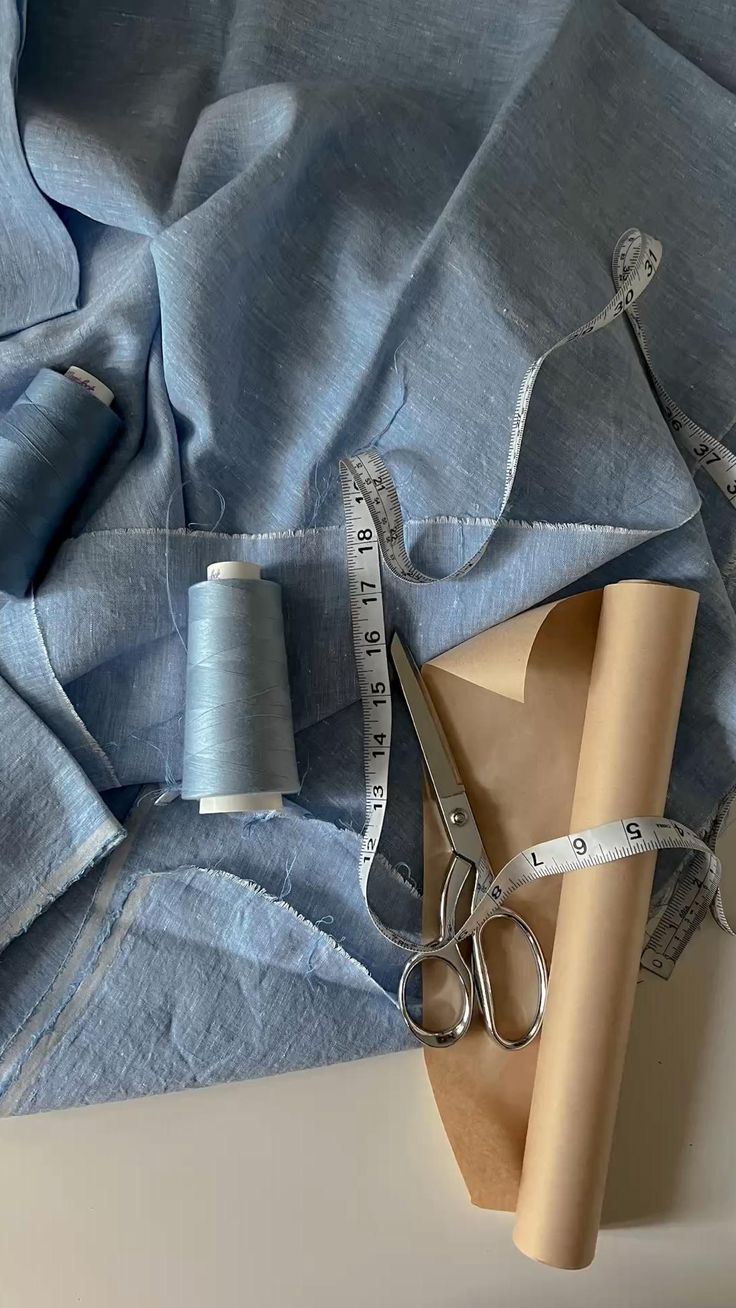Have you ever encountered someone wearing a traditional kaftan and wondered - “Wow! That must be so comfortable!”? Apart from being extremely comfortable to wear, they can be styled for almost every occasion. From parties to conferences, these versatile pieces of clothing have been styled by men and women for centuries.
Kaftans are traditional pieces of clothing that have been around for centuries. It is a historical symbol of Arabian heritage that speaks volumes about the Middle Eastern tradition. Though the exact origin is debatable, it is agreed that it was first worn in the Mesopotamian Civilisation which are modern-day Iraq, Iran, Kuwait and West Africa.
What is a Kaftan?
A Kaftan is a traditional loose-fitting robe designed very elegantly, often with ornate embroidery. The garment spans from your shoulder to your knees and sometimes your ankles. They are made from different fabrics like silk, cotton, and wool, making them extremely versatile.
Throughout the years, the kaftan has travelled across various lands and has incorporated multiple variations of style into itself. Countries in Western and Northern Africa, Morocco, Egypt, the Middle Eastern Arab countries as well as Southeast Asia have seen the garment being worn by its people, with each region having varied renditions of the styles.
Historical Significance of the Kaftan:
The kaftan is associated with elegance and social importance. Originally worn by the Royalty of the Middle Eastern kingdoms across different ages in history, they are known to symbolise power and stature. Many kings and sultans were known to wear kaftans in their days, and it was considered an exclusive clothing item.
The garments had expensive fabric used in their making and had elaborate ornamental embroidery that varied with the region where it was produced. In around the 12th century, only the kings, queens and people of high social importance wore them exclusively. Fabulous designs were sewn on the clothes making them extraordinary and exclusive. It was a garment that showed power, heritage and elitism. By the 16th and 17th centuries, kaftans found their way into the middle classes and became an increasingly common clothing.
People felt a sense of status and grandeur upon wearing the kaftans due to their age-old symbolism. The fusion of historical heritage and modern-era aesthetics has given the kaftan a fresh appeal that has transcended cultures and remains a relic of existing Arabian culture. Designers such as Elie Saab and Zuhair Murad have incorporated kaftan-inspired designs into their haute couture collections, showcasing the garment on international runways. This modern interpretation of the kaftan is often seen in bold colours, innovative cuts, and luxurious fabrics, appealing to a global audience while staying true to its Arab roots.
Types of Kaftans:
Traditional Kaftans - The admirably comfortable garment, in its traditional form is a long one-piece, which stretches to your knees or calves and can also go down to your ankles from your shoulders. The front has a decent neckline, along which craftsmen create mesmerising patterns of ethnic embroidery. Primarily chosen as a staple attire by males, the traditional kaftan was usually made of silk or cotton.
Bohemian Kaftans - Apart from being a major part of counter-culture in the 70s and 80s, this variant perfectly embodies the bohemian spirit. With their relatively fluid design and free-flowing shape, they found their way into Western fashion in the early to mid-20th Century. Featuring bold and bright designs with different variations of lengths and sizes, these kaftans were widely worn by men and women. They were made of lighter fabric choices, primarily cotton featuring alternative designs and patterns, compared to the traditional designs.
Modern-Era Kaftans - Multiple designers have been seen to be fascinated by the ever-so-convenient summer wear. Designers like Yves Saint Laurent, Oscar de la Renta and Emilio Pucci introduced kaftans in their haute-couture collections. They added their personal touch to the designs, making it a rising fashion sensation in the West in the ‘80s and '90s. The stitching and fit were somewhat different from the traditional ones although the core idea of the garment was never lost. Various fabric choices are found such as silk, cotton and wool. They are widely worn by men and women across various settings – formal or casual.
Formal Kaftans - Apart from being a go-to choice for everyday clothing, the modern-day Kaftan has been seen in multiple official and formal occasions. It brings exclusive glamour to a person’s presence in any gathering. They have lavish yet bold cuts with charming designs, making them visually striking. The garments stay true to their Arabian heritage whilst being more accessible.
Conclusion:
The kaftan is not just a regular garment for the people but is evidence of the Royal Arabian heritage. The intricate designs and meticulous embroidery speak volumes about the skills that go into producing them. Apart from being a staple fashion wear in the Islamic culture, the kaftan has seen itself as a major part of counter-culture and modern-era fashion. It has been incorporated into multiple subcultures, with each region giving it a unique idea. The diverse renditions tell stories of historical lands and cultures that have been lost in the pages of history. The garment has been worn by people for centuries and has still preserved its symbolic roots, which speak of power, royalty and elegance.
With over 400 trusted business partners across the globe, we can proudly assure you the finest of fabrics you can get your hands on. Choose from a wide range of over 300 varieties of fabric choices that are meticulously quality-tested by our in-house experts. We offer customised swatch books for every client and make sure you express your ideas vividly. Whether you are an exclusive fashion label or a multi-brand retailer, our product catalogue choices are sure to fit all of your requirements. Our profoundly skilled craftsmen have honed their craft for years and assure you splendid quality along with your customised designs. With a strong commitment towards sustainable fashion, our experts direct their efforts towards an eco-friendly affair. Come visit us in our office or get in touch with our experts at Fabriclore and bring your ideas to life.



